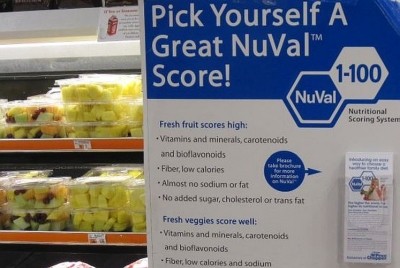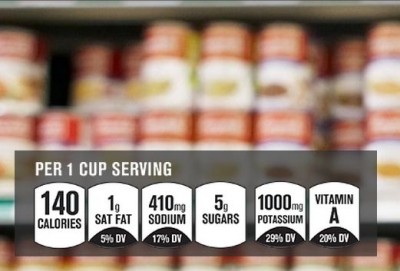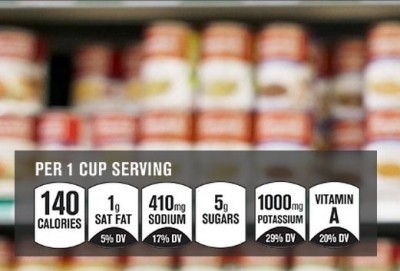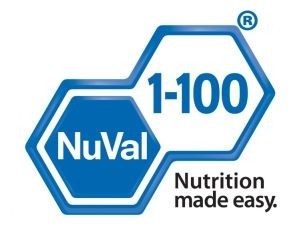IOM calls for 'fundamental shift' in approach to front-of-pack food labeling

The report - which was immediately attacked by the Grocery Manufacturers Association (GMA) as "untested and interpretive" - comes just three weeks after the GMA announced the national rollout of an industry-driven FOP scheme dubbed Facts Up Front that rejects such an "interpretive" approach and focuses on giving consumers information and letting them make their own judgments.
But such schemes were ineffective, claimed the IOM. "The time has come for a fundamental shift in the way information about the healthfulness of foods is presented on the front of food packages."
Rather than simply telling consumers how much sodium, fat, calories and sugar are in their products, food manufacturers should use a standardized labeling system that interprets this information for shoppers, it says.
Points-based system
“The committee recommends that the FDA and the USDA develop, test, and implement a single, standard FOP system to appear on all products, replacing any existing system.”
The labels should include:
- Calories per serving size.
- A rating of zero to three 'nutritional points' for saturated and trans fats, sodium, and added sugars.
The IOM –sponsored by the government’s Centers for Disease Control and Prevention - has been considering the benefits of a single, standardized FOP scheme to be regulated by the Food and Drug Administration (FDA) and was asked to come up with recommendations for a scheme best suited to help consumers make healthier choices.
It concludes: “It is time for a move away from front-of-package systems that mostly provide nutrition information on foods or beverages but don’t give clear guidance about their healthfulness, and toward one that encourages healthier choices through simplicity, visual clarity, and the ability to convey meaning without written information.
“The more points a food or beverage has, the healthier it is.”
CSPI: Proposal is 'eminently sensible'
The Center for Science in the Public Interest (CSPI) welcomed the report.
Executive director Michael Jacobson said: "The proposal is eminently sensible, and will probably be roundly condemned by food manufacturers. A simple icon with 3, 2, 1, or zero check marks would give shoppers at-a-glance information about nutritional booby traps lurking inside packaged foods.
"The IOM’s proposal is far preferable to the voluntary “Facts Up Front” labeling program that the grocery industry is rushing to market... The industry’s complex scheme requires consumers to consider the amounts of calories and four to six nutrients, without any numerical score or useful symbols to convey a food’s nutritional value."
However, there were some drawbacks to the IOM scheme, he noted. "It gives no consideration to foods’ vitamin, mineral, fiber, or protein content. Also, white bread, whole wheat bread, broccoli, artificially sweetened soft drinks, and artificially colored and flavored diet Jell-O would all have top scores of 3.
"Still, the FDA should promptly assign a task force to develop a mandatory front-of-package labeling regulation based on the IOM’s advice."
GMA: Facts-based, not interpretive, approach is best
The Grocery Manufacturers Association (GMA) said the IOM report "adds a perspective to the national dialogue about front-of-pack nutrition labeling"
But it added: "In the meantime, food and beverage companies have developed a real-world program that delivers real value to real consumers in real time.
"Consumers have said repeatedly that they want to make their own judgments, rather than have government tell them what they should and should not eat. That is the guiding principle of Facts Up Front, and why we have concerns about the untested, interpretive approach suggested by the IOM committee."
The Facts up Front (Nutrition Keys) labels, which feature calories, saturated fat, sodium and sugar per serving plus the option of highlighting two ‘nutrients to encourage’ have already started to appear on some foods and should feature on the “70% of packaged products in the marketplace” next year, predicted the GMA.
Check out FoodNavigator-USA tomorrow for reaction and analysis.









